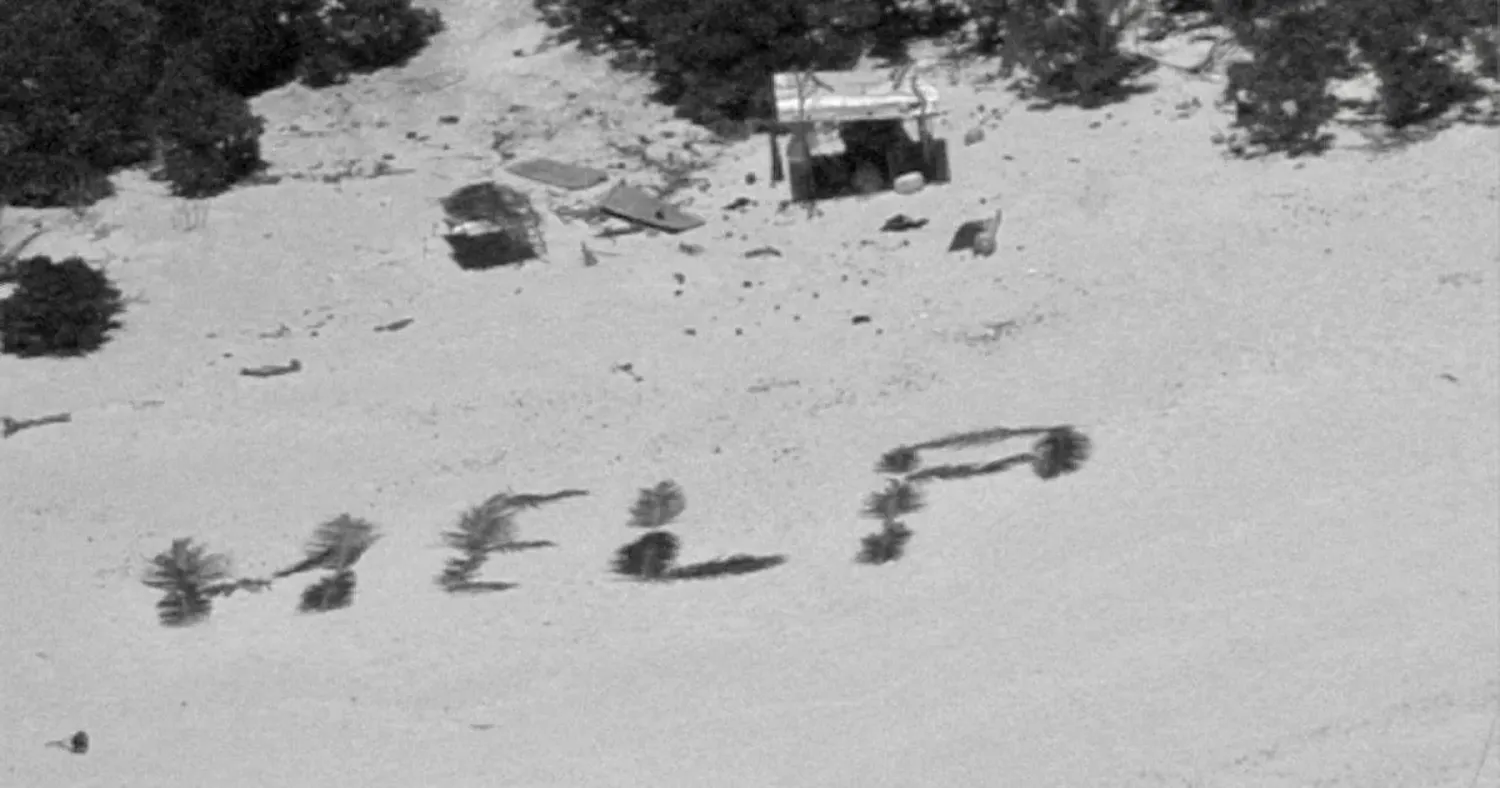Stranded Mariners
"HELP" sign on tiny Pacific island leads to Coast Guard & Navy rescue
In a remarkable display of survival and ingenuity, three mariners stranded on the tiny Pacific island of Pikelot Atoll were rescued after more than a week, thanks to a "HELP" sign they crafted from palm leaves. The U.S. Coast Guard and Navy conducted the successful rescue operation, highlighting the critical role of coordination and quick thinking in maritime safety.
The trio, all experienced sailors in their 40s, embarked on a voyage from Polowat Atoll on Easter Sunday aboard a 20-foot open skiff equipped with an outboard motor. Their journey took an unexpected turn when they encountered difficulties, leaving them stranded on Pikelot Atoll, a remote speck in the vast Pacific Ocean. The mariners' plight came to the attention of the Coast Guard in Guam after a relative reported their overdue return.
Despite challenging weather conditions and limited resources in the area, a joint search and rescue operation was swiftly launched. The operation saw the deployment of a U.S. Navy P-8 Poseidon aircraft crew based in Japan and the USCGC Oliver Henry cutter. The sailors' resourcefulness in spelling out "HELP" on the beach using palm leaves played a pivotal role in their discovery. This act of ingenuity was spotted by a Hawaii-based HC-130J Hercules aircraft crew on April 8, 2024, guiding the rescue efforts directly to their location.
The Poseidon aircraft located the message and the mariners on the tiny island on Sunday, eight days after they went missing. Survival packages were dropped to the men until further assistance arrived. The next day, a Coast Guard aircraft based in Hawaii dropped a radio to establish communication with the men, who confirmed they were in good health and had access to food and water. They reported their boat had been damaged, and its engine was broken.
USCGC Oliver Henry reached the mariners on Pikelot Atoll on Tuesday morning and successfully transported them back to Polowat Atoll. This rescue operation was not the first of its kind on the island. In 2020, three men were rescued from Pikelot Atoll after writing a giant "SOS" sign in the sand. They were spotted by Australian and U.S. aircraft and safely returned home, underscoring the effectiveness of such visual distress signals in remote locations.
The recent rescue operation took an unexpected turn when it turned out to be a family reunion. One of the first rescuers on the beach was Petty Officer 2nd Class Eugene Halishlius, who spoke the local language. The stranded men were surprised to see him and were even more shocked when they discovered they were related. Halishlius is a third cousin to one of the men and fourth cousins to the others.
The successful rescue underscores the importance of effective coordination and partnership between the U.S. Coast Guard, the U.S. Navy, and regional partners. It also highlights the resilience and ingenuity of the mariners, whose quick thinking ensured their survival until help could arrive. The U.S. Coast Guard strongly recommends that all mariners equip their vessels with an Emergency Position Indicating Radio Beacon (EPIRB) to ensure swift assistance in case of emergencies, a lesson underscored by this dramatic tale of survival and rescue in the vast Pacific Ocean.

